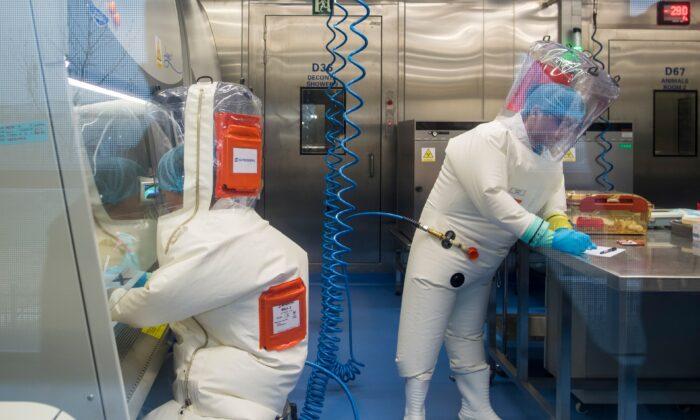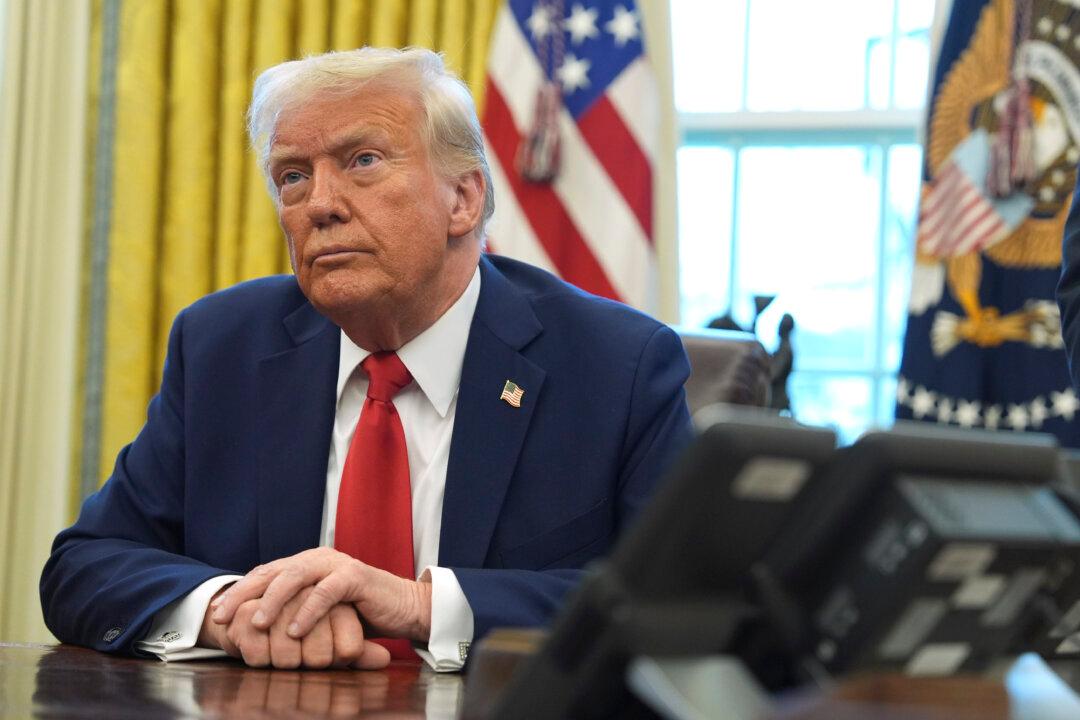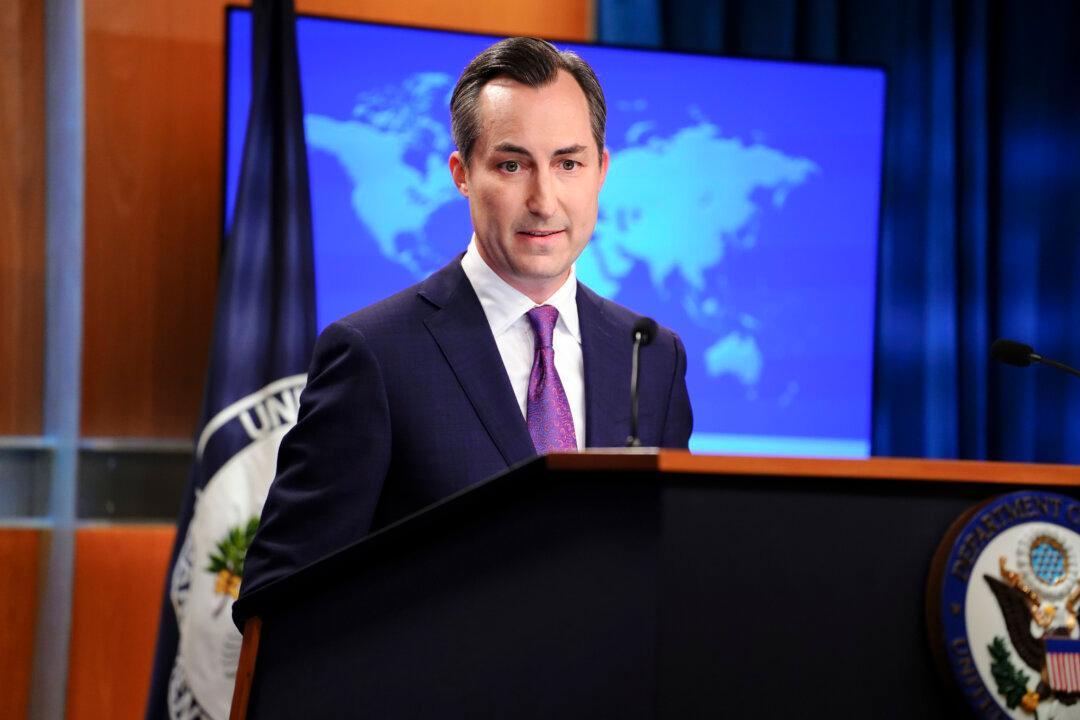A forensic analysis shows that the Wuhan Insitute of Virology (WIV) was genetically manipulating the Nipah virus, a highly lethal pathogen, in violation of the Biological Weapons Convention, according to an expert who testified at a Senate subcommittee hearing on Aug. 3.
But the one contaminant not accounted for in papers published by WIV was cloning vectors of the Nipah virus, according to Quay.
“This is the most dangerous research I have ever encountered,” he said in the written testimony.
The Nipah virus has a lethality of more than 60 percent, more than that of Ebola, although it’s less transmissible than the latter virus since it isn’t airborne, the expert said at the hearing. The Nipah virus is also about 60 times deadlier than COVID-19.
“[A] laboratory-acquired infection with a modified Nipah virus would make the COVID-19 pandemic look like a walk in the park,” he said.
This kind of synthetic biology is a breach of international law, according to the expert.
Wuhan Lab
In the hearing, Quay listed a series of evidence that he said pointed to COVID-19 originating from a lab leak from WIV.Among these is the fact that the WIV’s public database of 22,000 samples and viral sequences was taken offline on Sept. 12, 2019, before the onset of the COVID-19 pandemic. While the facility stated that this was because of cyber hacks, Quay called this act “suspicious,” and he believes that the database was taken offline to remove evidence of close precursors to COVID-19, which would have been a “smoking gun” showing that the virus leaked from the lab.
He also highlighted that the WIV was the world’s leading center for the study of coronaviruses, noting that before 2019, the facility was responsible for 65 percent of all published research in the area.
“For almost a decade, they were going into bat caves throughout China and ... back into Africa as well, 20 visits a year in bringing these samples back to the laboratory,” Quay said at the hearing. “They had the largest collection of raw material backbones from nature to then do gain function research on.
“I believe it’s the confluence of those two activities ... bringing things back from bat caves and gain-of-function research that led to the pandemic.”
The WIV has repeatedly denied that it was the source of the pandemic, but the Chinese regime has persistently refused to open the lab and its records to outside authorities, making an independent investigation of the hypothesis nearly impossible.
Besides engaging in “‘gain of function’ research to engineer chimeric viruses,” the WIV has engaged in laboratory animal experiments on behalf of the Chinese military since at least 2017, according to the fact sheet.





